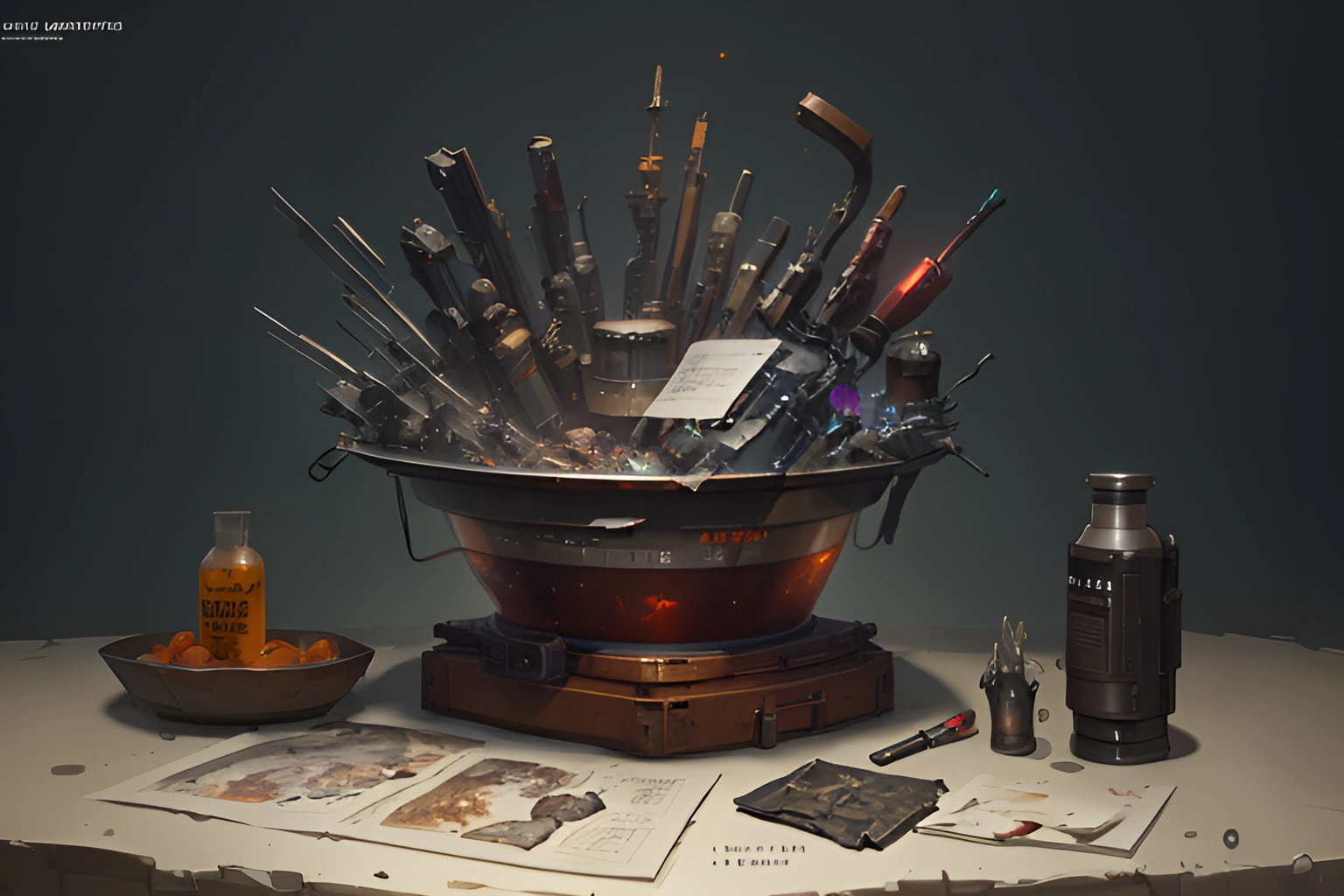Stable Diffusion
4309 readers
1 users here now
Discuss matters related to our favourite AI Art generation technology
Also see
Other communities
founded 1 year ago
MODERATORS
1
3
4
5
6
15
SVDQuant: Absorbing Outliers by Low-Rank Components for 4-Bit Diffusion Models
(cdn.prod.website-files.com)
7
8
9
10
11
12
13
14
15
16
17
18
19
20
21
22
11
Acly/krita-ai-diffusion: Version 1.26.0 Custom ComfyUI Node Graphs From Within Krita
(www.youtube.com)
23
25
view more: next ›






















